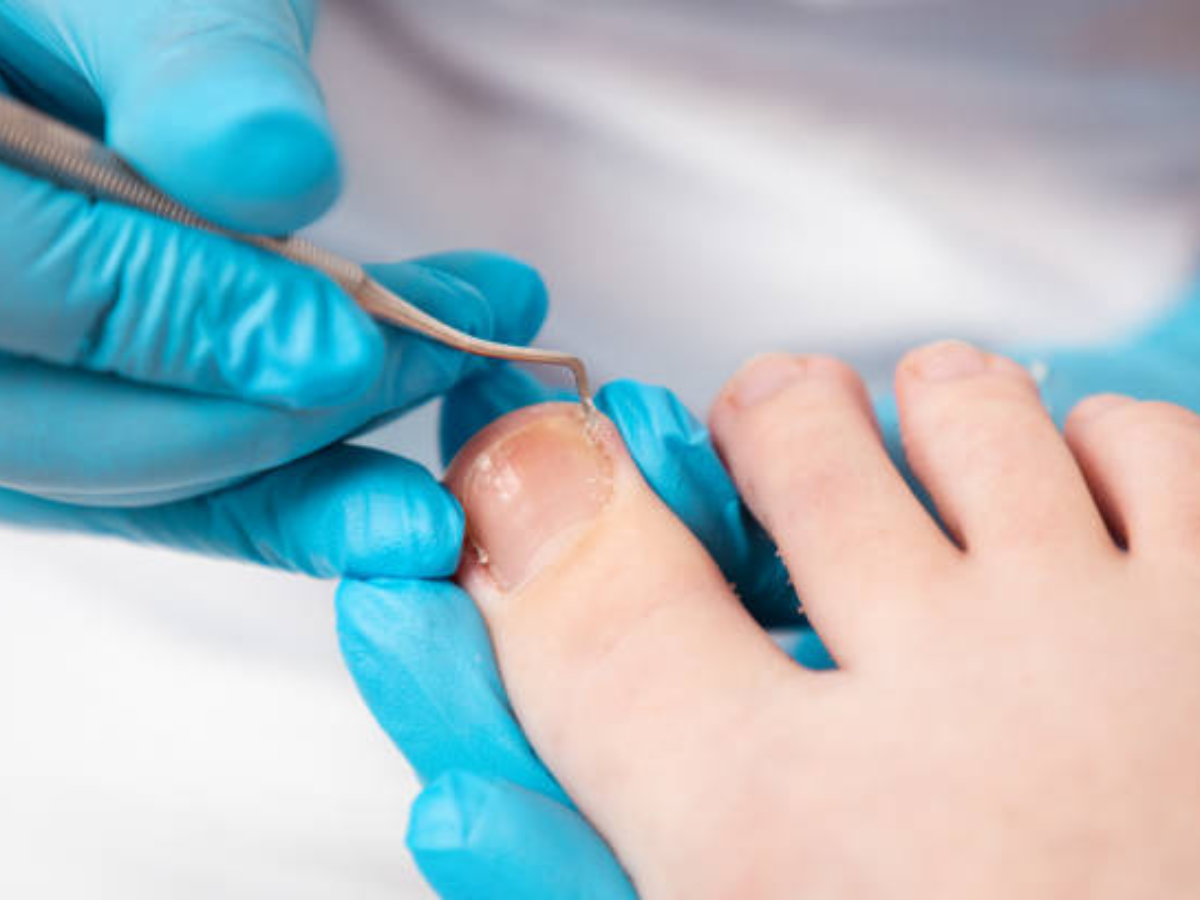“The middle of my foot is killing me!”
If you’ve got pain in the middle part of your foot, it’s worth having it investigated.
Let’s face it, the foot is a complex piece of anatomy, made up of bones, joints, ligaments, tendons, muscles, nerves and blood vessels. Any one of these groups of structures can be involved in foot pain. But if you have pain in the middle part of your foot that is not resolving, you should get it seen to. It may be caused by a condition known as midfoot arthritis, which is progressive and can occur because of a number of reasons. This might be following trauma or damage to the foot (traumatic osteoarthritis), or because of underlying condition such as rheumatoid arthritis. Even faulty foot mechanics, such as flat feet, can result in midfoot arthritis. The condition primarily affects adults and it’s typical to have pain and swelling, which gets worse with activities such as walking or any action involving twisting of the foot.
It can be tricky to make a diagnosis of midfoot arthritis, especially if there are other structures involved in the pain or pathology. Sometimes these can be very subtle and can mimic one another. Imaging (such as x-rays, MRI, CT) are used to confirm the diagnosis.
At Junction Foot and Ankle Group we know all about midfoot arthritis. Podiatric Surgeons Dr Julie Taranto and Mr Michael Taranto are foot and ankle specialists and are able to assess and manage this condition. Non-surgical treatments include pain management, injection therapy, attention to footwear, foot supports or orthoses, shoe modifications and weight loss. When non-surgical management fails to provide adequate relief of pain or if your activities of daily living are affected, surgery may be needed. During a surgical consultation with our Podiatric Surgeons the surgical options available to you will be discussed along with the associated risks and recovery time.



